The Origin of the Modern Guitar: A Journey Through Time
The guitar, in its many forms, has been a central instrument in cultures across the globe for centuries. From the ancient world to modern jazz, rock, and flamenco, the instrument has continuously evolved, shaping and being shaped by the music of each era. But how did we arrive at the modern guitar as we know it today?
The Ancient Roots: The Birth of Stringed Instruments
The guitar’s origins trace back thousands of years to ancient stringed instruments. Some of the earliest examples include:
- The Tanbur (Mesopotamia, c. 3000 BCE): A long-necked, stringed instrument, often considered one of the guitar’s ancestors.
- The Oud (Persia/Arab World, c. 8th Century CE): A short-necked, fretless instrument introduced to Europe by the Moors in Spain.
- The Lute (Europe, c. 13th Century CE): A direct descendant of the oud, the lute became one of the most prominent stringed instruments in medieval Europe.
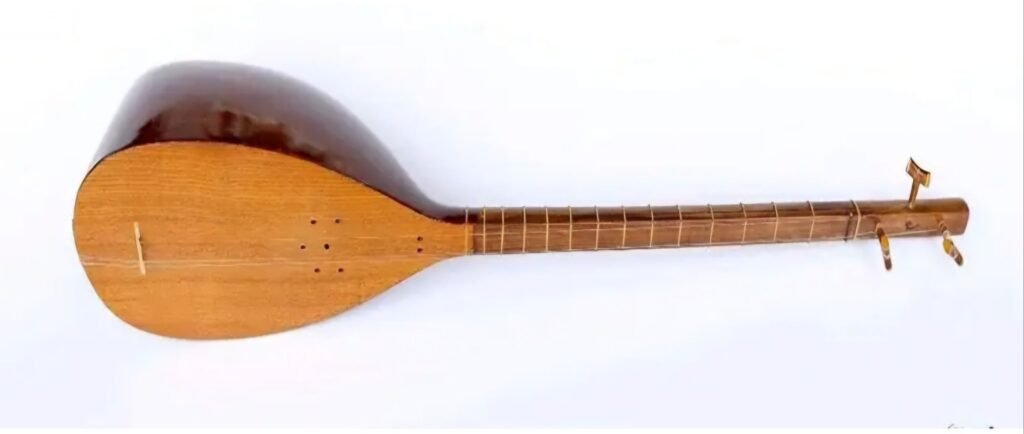
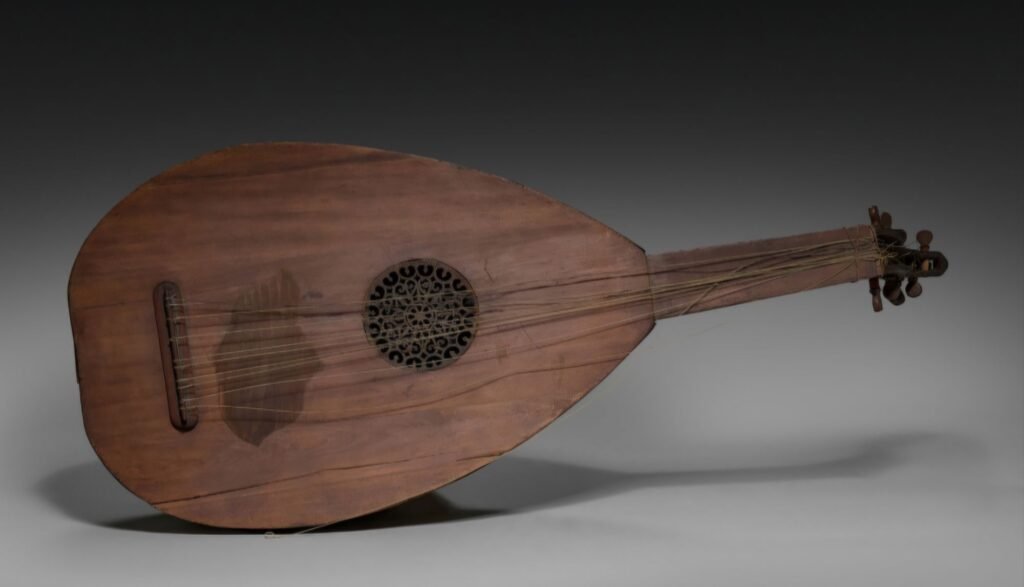

These instruments laid the foundation for what would eventually become the guitar.
The Spanish Vihuela and the Baroque Guitar (15th–17th Century)

During the Renaissance, Spain became the epicenter of guitar development. The vihuela, a six-stringed instrument with tuning similar to a lute, became popular among the Spanish elite. Meanwhile, the Baroque guitar (16th-17th century) introduced a more familiar shape, often featuring five courses (pairs) of strings.
The shift from double strings to single strings began during the late Baroque period, leading to the development of the classical guitar.

The Birth of the Classical Guitar (18th–19th Century)
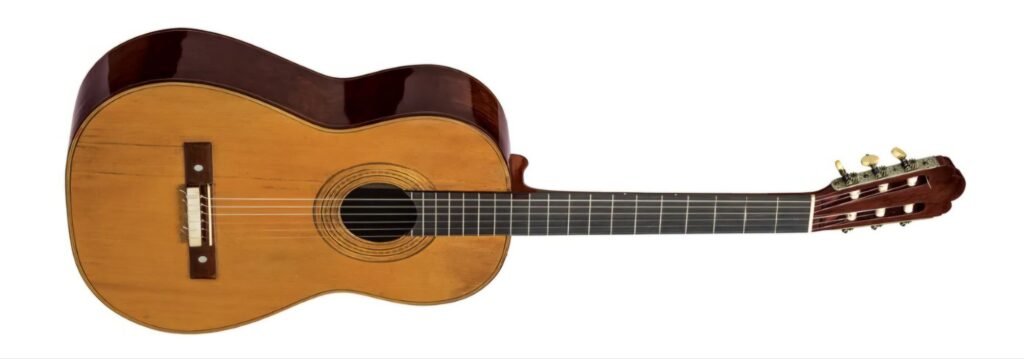
By the late 18th century, the guitar underwent significant changes:
- Antonio Torres Jurado (1817–1892) revolutionized guitar construction by enlarging the body, standardizing the shape, and using fan bracing for a richer sound.
- Gut strings were gradually replaced by nylon (in the 20th century), making the instrument more durable and easier to play.
The classical guitar, as perfected by Torres, became the blueprint for future acoustic guitars.
The Rise of Steel-String Guitars (19th–20th Century)
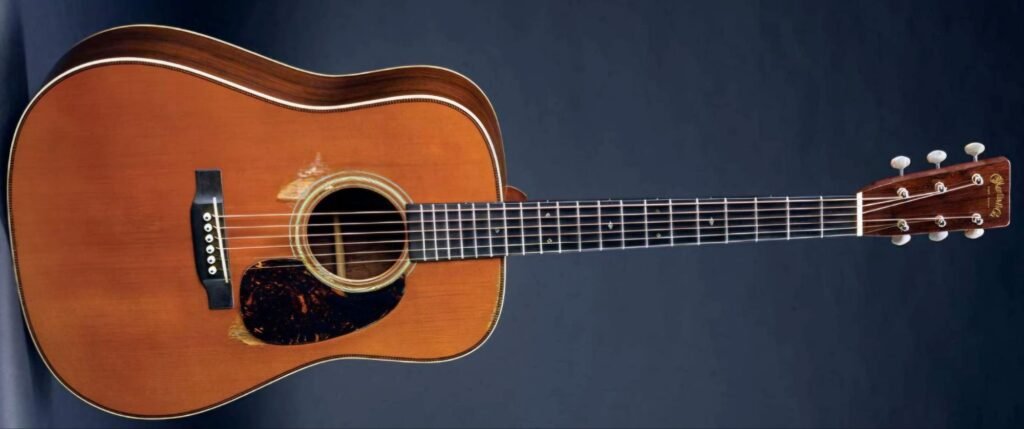
In the 19th century, as music spread across the world, steel-string guitars emerged, offering greater volume and brighter tones. Key milestones include:
- C.F. Martin & Co. (1833): Introduced the X-bracing system, allowing steel strings to be used effectively.
- Orville Gibson (1894): Created the archtop guitar, which became popular in jazz.

The steel-string acoustic guitar became the backbone of folk, blues, and country music, influencing artists from Robert Johnson to Bob Dylan.
The Electric Revolution (20th Century)
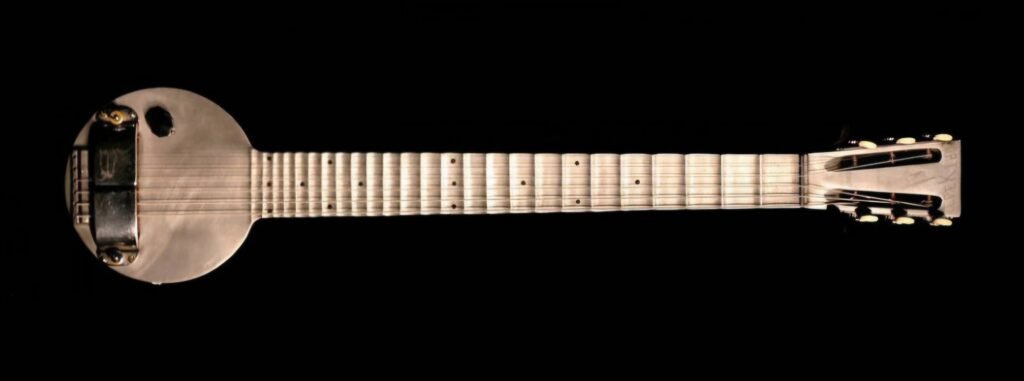
The early 20th century saw the birth of the electric guitar, transforming music forever. Key innovations include:
- The Rickenbacker “Frying Pan” (1931): The first commercially available electric guitar.
- Gibson ES-150 (1936): Popularized the electric archtop guitar, famously played by Charlie Christian.
- Fender Telecaster (1950) and Gibson Les Paul (1952): Defined the sound of modern rock, blues, and jazz.

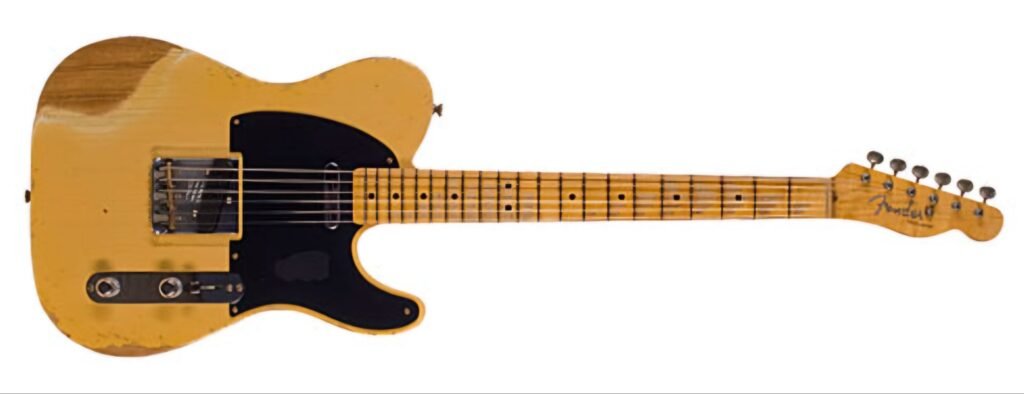
The electric guitar allowed for amplified sound, sustain, and distortion, expanding musical expression in ways never before possible.
The Modern Guitar: A Fusion of Tradition and Technology
Today’s guitars combine centuries of tradition with cutting-edge technology. From handcrafted classical guitars to high-tech digital models, the instrument continues to evolve. Players can now experiment with extended-range guitars, MIDI controllers, and AI-generated music, while still relying on the fundamental designs established centuries ago.
Conclusion
The guitar’s evolution is a testament to humanity’s creativity and adaptability. Whether in the hands of a jazz virtuoso, a rock legend, or a street performer, the instrument continues to inspire and shape musical expression worldwide. Its journey is far from over, and the next chapter in its story is still being written by musicians like you.
